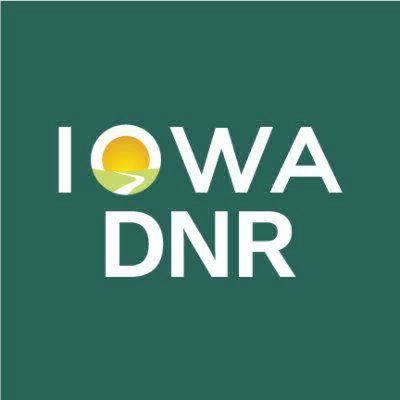
|
The Iowa Department of Natural Resources (DNR) is holding a public meeting on September 12 at 6:30 p.m. at Clear Lake City Hall to discuss management options to reduce the spread of Eurasian watermilfoil and curly leaf pondweed.
DNR will present an overview of management actions to date, the tentative long-term plan for vegetation control, and answer questions. The meeting will also be live streamed through the City of Clear Lake’s YouTube page: https://www.youtube.com/@ClearLakeIowa/streams.
DNR’s tentative long-term plan includes pursuing a whole lake treatment this fall/winter to attempt to eradicate Eurasian watermilfoil in Clear Lake and provide control over curly leaf pondweed for the 2025 recreation season.
Eurasian watermilfoil, an invasive rooted aquatic plant native to parts of Europe and Asia, can spread quickly and outcompete beneficial native plants. It reproduces by fragmentation, which means small pieces of it grow into new plants and form thick beds. A small area containing the plant was originally found in the fall of 2023, east of McIntosh Beach, and was treated in May 2024. A larger area was found earlier this summer near Farmer’s Beach. A more aggressive spot treatment of Farmer’s Beach and other public access points around the lake was completed in August to help prevent the spread of this invasive plant to other nearby lakes as part of a short-term management plan.
DNR is asking boaters and other lake users to be extra vigilant and help prevent the spread of these invasive aquatic plants to other lakes in the area.
“It is required to clean all vegetation from boats and equipment before leaving boat ramps to prevent the spread of Eurasian watermilfoil,” said Kim Bogenschutz, the DNR’s aquatic invasive species program coordinator.
“Iowa DNR has successfully eradicated this plant in many lakes throughout the state,” explains Scott Grummer, fisheries biologist for the Clear Lake area. “The size of Clear Lake presents challenges for management.”
Find more information about aquatic invasive species and a list of infested waters in the 2024 Iowa Fishing Regulations booklet or on the DNR’s website at www.iowadnr.gov/ais
Media Contacts: Scott Grummer, Fisheries Biologist. Email: scott.grummer@dnr.iowa.gov; phone: (641) 425-5467
Jason Euchner, Aquatic Vegetation Biologist. Email: jason.euchner@dnr.iowa.gov; phone: (515) 230-4789
Kim Bogenschutz, Aquatic Invasive Species Biologist. Email: kim.bogenschutz@dnr.iowa.gov; phone: (515) 290-0540